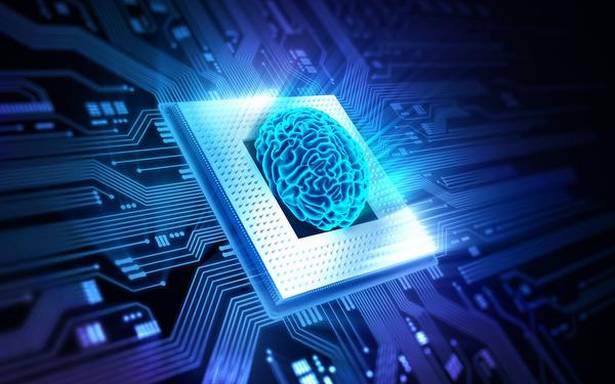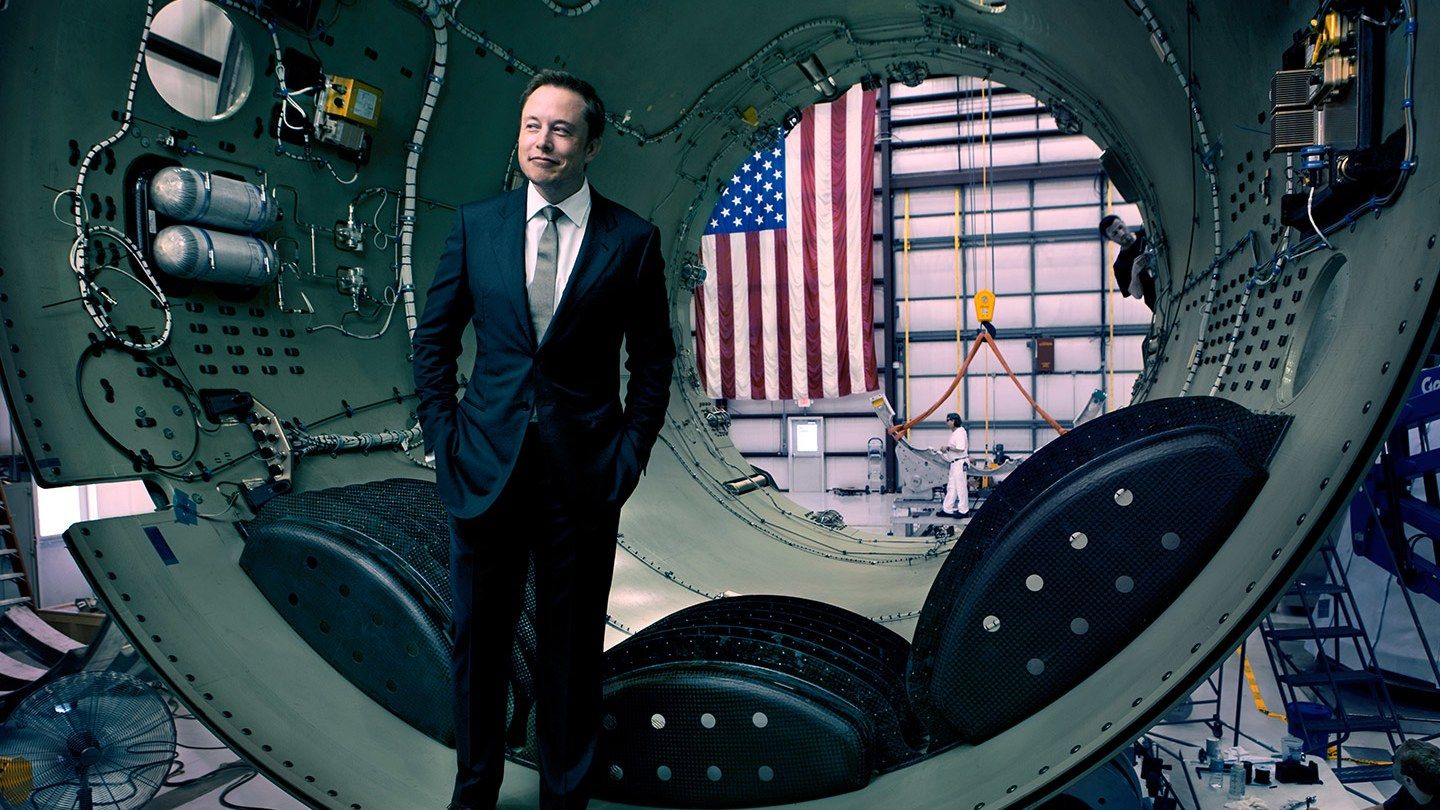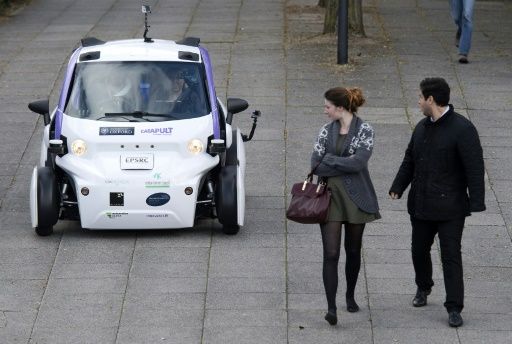Accounting firm PwC says nearly a third of British jobs might be threatened by robots.



Robotic Process Automation Market size is projected to reach USD 2,467.0 million by 2022, growing at a CAGR of 30.14%. While automated solutions industry estimated at the highest CAGR but Rule-based robotic process automation held a larger market share during the forecast period which is led by Asia Pacific region.
Browse 69 tables and 66 figures, 11 Company profiles spread across 146 pages available at http://www.reportsnreports.com/reports/901064-robotic-proces…-2022.html.


The prospect that artificial intelligence (AI) might one day surpass human intelligence is one that many people, including a number of notable personalities, are terrified of. And it’s not hard to see where that fear is coming from.
As it is, deep learning machines have already shown a number of ways where they outperform humans. So far, they can play video games, recognize faces, and even do stock market trading. There’s one area, though, where humans are still superior, and that’s the speed at which we learn.
Right now, humans learn at a rate that’s 10 times faster than that of a deep learning machine. And it is this ‘superiority’ that has kept that ‘AI taking over humans’ apocalyptic view in the background. Thanks (or no thanks?) to Google, however, this status quo is about to change.

Tech to aid video search, detection of disease and of fraud.
Artificial intelligence has been the secret sauce for some of the biggest technology companies. But technology giant Alphabet Inc.’s Google is betting big on ‘democratising’ artificial intelligence and machine learning and making them available to everyone — users, developers and enterprises.
From detecting and managing deadly diseases, reducing accident risks to discovering financial fraud, Google said that it aimed to improve the quality of life by lowering entry barriers to using these technologies. These technologies would also add a lot of value to self-driving cars, Google Photos’ search capabilities and even Snapchat filters that convert the images of users into animated pictures.

Elon Musk is famous for his futuristic gambles, but Silicon Valley’s latest rush to embrace artificial intelligence scares him. And he thinks you should be frightened too. Inside his efforts to influence the rapidly advancing field and its proponents, and to save humanity from machine-learning overlords.
Well this! Great advertising as well :-).
It’s not electric and it doesn’t look futuristic. Japan aims at practicality with this self-driving minibus.

Facebook is developing at least four new consumer products that could be revealed at an April event, according to a new report.
The social network last year launched a futuristic hardware division called Building 8, which is said to be similar to Google X, the experimental lab behind the search company’s self-driving cars.
One of the prototypes created by Building 8 is a “brain computer interface” that sounds a lot like a platform once hinted at by Mark Zuckerberg, which would allow users to share information telepathically.

For many, learning how to drive is a rite of passage that teenagers pine for. Getting behind the wheel for the first time, passing drivers ed, getting your license, and buying your first car symbolize your first steps towards independence.
But one expert believes it’s a milestone that teens of the future won’t experience.
“My own prediction is that kids born today will never get to drive a car,” says Henrik Christensen, who heads UC San Diego’s Contextual Robotics Institute. “Autonomous, driverless cars are 10, 15 years out. All the automotive companies–Daimler, GM, Ford–are saying that within five years they will have autonomous, driverless cars on the road.”

Are robots coming for your job?
Although technology has long affected the labor force, recent advances in artificial intelligence and robotics are heightening concerns about automation replacing a growing number of occupations, including highly skilled or “knowledge-based” jobs.
Just a few examples: self-driving technology may eliminate the need for taxi, Uber and truck drivers, algorithms are playing a growing role in journalism, robots are informing consumers as mall greeters, and medicine is adapting robotic surgery and artificial intelligence to detect cancer and heart conditions.

Will we land on Mars? Discover other life forms? Usher in the age of artificial intelligence Before his New Zealand talk tonight, celebrity scientist Professor Brian Greene talked to Jamie Morton about five big developments we can expect in the next 20 years.
When will the universe end? — New Zealand Herald.